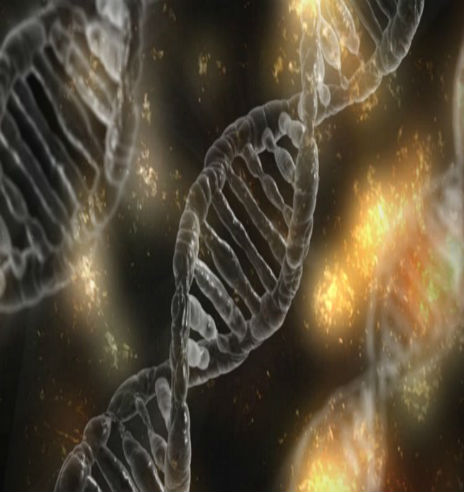When I started my career in tech, computers were isolated islands of capability and information. Each unit stood alone. Quickly, it became clear that computers linked together could accomplish far more than they could without being networked. At that point, the world of computing became the world of ever more powerful networks, reaching its breakout velocity with the emergence of the worldwide Internet in the early 1990s.
But even then, a vast gulf remained between computer experience and human experience. The internet, powerful as it was, terminated at the desktop. All its capabilities were locked in those heavy, inflexible and immobile PC boxes and the servers behind them. Almost every aspect of life took place far from those computers and their networks.
Ten years ago, that gulf shrank dramatically with the emergence of smartphones. For the first time, computing power (an iPhone has approximately the computing power of a 1980s Cray supercomputer) and the worldwide network broke free of offices and desktops. Now, tech was with us while we sat, walked and rode. Because of this new ubiquity, our lives have been fundamentally altered. For better or worse, the network experience and life experience have become deeply intertwined.
Now, we stand at the edge of a penetration of computing and the worldwide network that makes all previous expansions microscopic by comparison. In fact, this is the penetration of computing and the networks not just into our lives, but actually into our bodies. In this shift, we won’t be sitting in front of nodes on the worldwide network, we will be nodes on the network. We won’t be evaluating, manipulating and evaluating external data, we will be that data. The data sources that will now matter most will be our heartbeats, our respiration rates, our proteins, our T-cells — our literal blood, sweat and tears.
This will be accomplished by a new generation of incredibly small and powerful sensors, both on and within our bodies, capable of capturing and transmitting colossal amounts of information about what’s happening inside us. That data will interact with phones, certainly, but also smaller devices—wristbands, implantables, smart surfaces, even intelligent speakers that can glean data from our speech patterns. These closed loop biosystems, in coordination with billions of other such people nodes across the worldwide network, will generate rich portraits of us–as individuals, and across vast populations– that leap exponentially beyond anything previously possible.
What will result? Who can say, but the impacts are sure to be dramatic. Consider what has happened because computing and the network have come near us via the smartphone. Now just imagine what could happen when they extend inside us.
For all these reasons, our funds have committed themselves to an unblinking focus on these new frontiers in bioscience. We focus particularly on:
Consumer-oriented diagnostic systems
Genetics and genomics
Regenerative medicine
Biological Neurotech
AI/VR/AR with applications in healthcare
The nature of this particular tech transformation is so vast that we stand ready to be completely blindsided by what emerges. To paraphrase what Bob Dylan once sang: When it comes to biosciences, we know that something’s happening, but we don’t know what it is.
What a pure joy to have a chance to find out!
